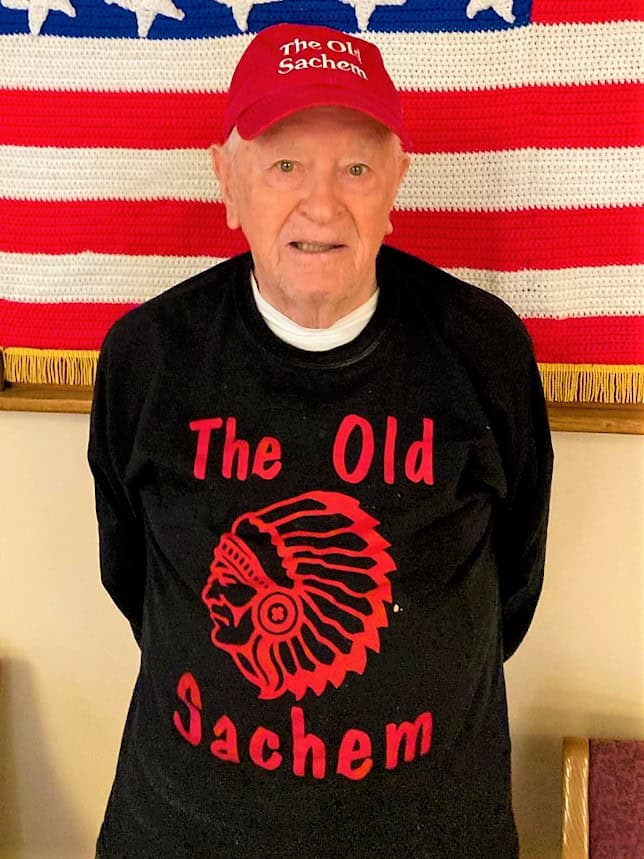By Bill Stewart
The unit was the second African-American regiment after Kansas formed the 1st Kansas Colored Volunteer Infantry Regiment. The regiment consisted of African-American enlisted men for the Civil War. The United States grew the African-American units to 150 all black enlistees and were commanded by white officers.
The recruiting began in February of 1863, commenced training at Fort Meigs in Readville, Mass., and combined with Camp Brigham, which had formed to train the 18th Regiment Massachusetts Volunteer Infantry, and Camp Massasoit, which was formed to train the 24th Massachusetts Volunteer Infantry. The three camps were merged into Camp Meigs in 1862 to form army units for the Civil War.
Meigs was the largest military camp in Massachusetts and trained the 11th, 43rd, 44th, 55th, 56th, 58th, 59th, 60th and 62nd infantry regiments. It included units 1st, 2nd, 4th and 5th regiments of calvary, the 2nd regiment of heavy artillery and the 5th, 9th, 11th, 12th,13th and 143th batteries of light artillery. The Unattached Companies Massachusetts Volunteer Militia of 6th, 18th, 22nd, 24th and 26th were also trained at Meigs, the largest camp in the state.
Prominent abolitionists were used to recruit, including Frederick Douglass, who had two sons enlist. Massachusetts Governor John Albion Andrew pressured the U.S. Department of War to include African-Americans in the military, who formed the 54th infantry. Andrews appointed Robert Gould Shaw as commanding Colonel – who was a son of an abolitionist in Boston.
The 54th was sent to Beaufort, South Carolina, becoming part of the unit of Major General David Hunter, who commanded the X Corps. The 54th was in the battle of Charlestown, South Carolina, including the Battle of Grimball’s Landing on July 16, 1862, and the famous Second Battle of Fort Wagner in July on the 18th. The 54th along with other units formed a frontal assault against Wagner and suffered casualties of 20 killed, 125 wounded and 102 missing and presumed dead, losing almost 40% of forces. Colonel Shaw was among the members killed.
The Battle of Grimball’s Landing on James Island was the first encounter of the 54th. It was to draw Confederate troops away from Fort Wagner. The battle trained the 54th in actual combat and prepared them for Fort Wagner.
The unit continued to serve on the southeast coast. In 1864 the unit took part in the Union Army’s Battle of Olustee in Florida, where the Union Army felt defeat. The 54th also fought at Honey Hill and Boykin’s Mill in South Carolina. The 54th returned to Boston to a hero’s welcome in their parade of September 2, 1865.
Augustus Saint-Gaudens’ high-relief bronze monument on Boston Common commemorates the service and sacrifice of Colonel Shaw and the heroes of the 54th. The Massachusetts Memorial is now part of the Boston African American National Historic Site.
(Editor’s Note: Bill Stewart, who is better known to Saugus Advocate readers as “The Old Sachem,” writes a weekly column – sometimes about sports. He also opines on current or historical events or famous people.)


